Many of the planes in Americas inventory were obsolete, or close to it.
One of those was the Douglas B-18 Bolo heavy bomber.
Consequently, Douglas got the early contract for heavy bomber production.
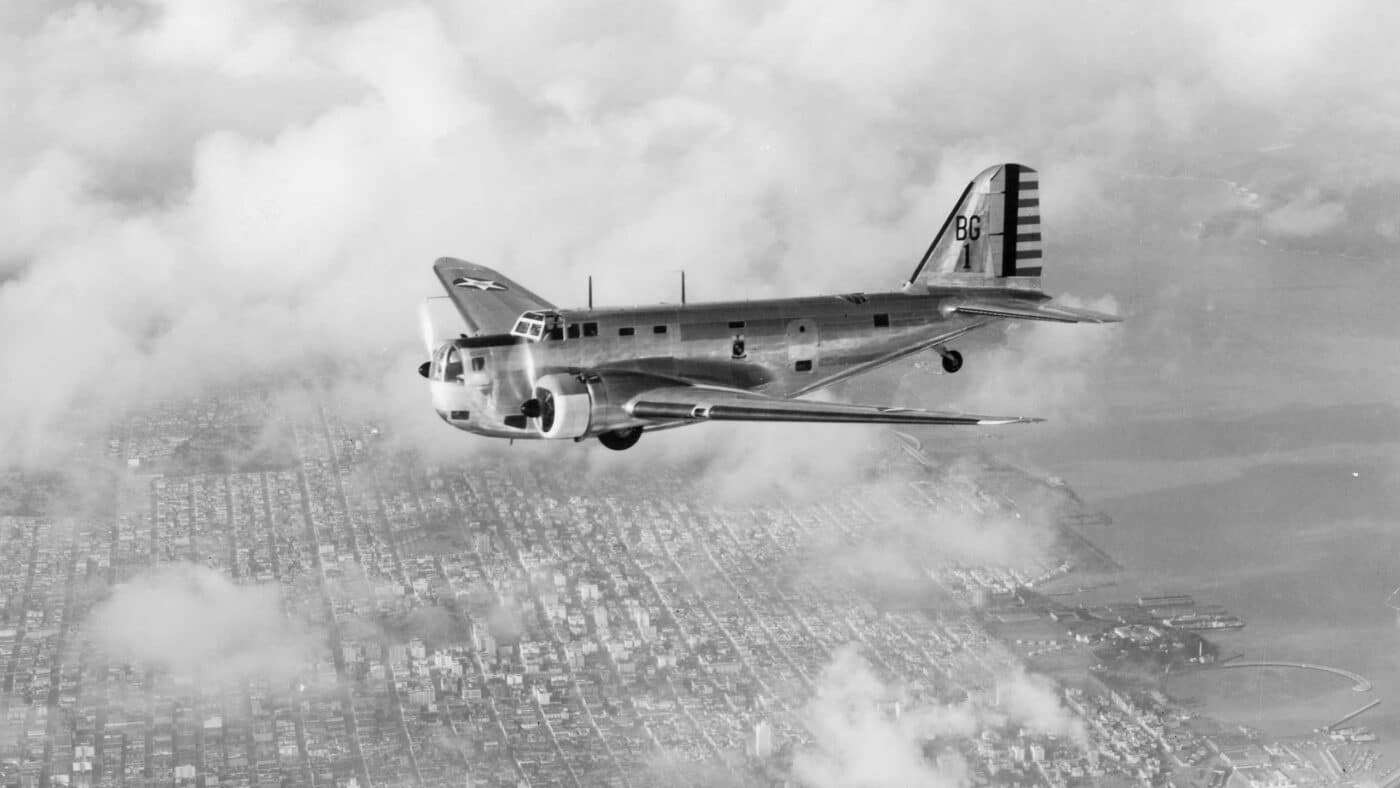
This Douglas B-18 Bolo bomber is in flight over Hamilton Field, California on February 7, 1938. Soon, these planes were tested in the fiery crucible of combat. Note it’s relatively flat nose. Image: NARA
Many Bolos were destroyed in the initial Japanese attacks against the USA in late 1941 and early 1942.
However, the planes still played a small, but important, role in World War II.
Even so, many people have never heard of the plane.
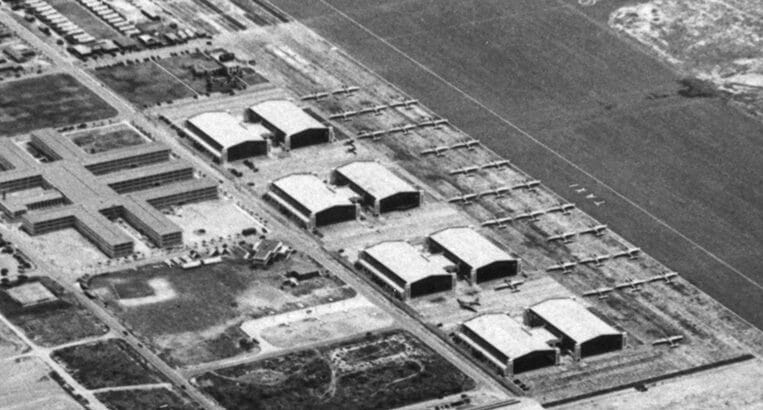
On May 3, 1940, nearly 30 B-18 bombers were closely packed together in this photo of Hickam Field in Hawaii. This parking method changed once the bullets began flying in December of 1941. Image: U.S. Navy
Lets take a look at this interesting bomber from the Douglas Aircraft Company.
However, it had a limited payload, and technology advancements quickly rendered it obsolete.
The Douglas B-18 was intended to be a heavy bomber that would replace the B-10.
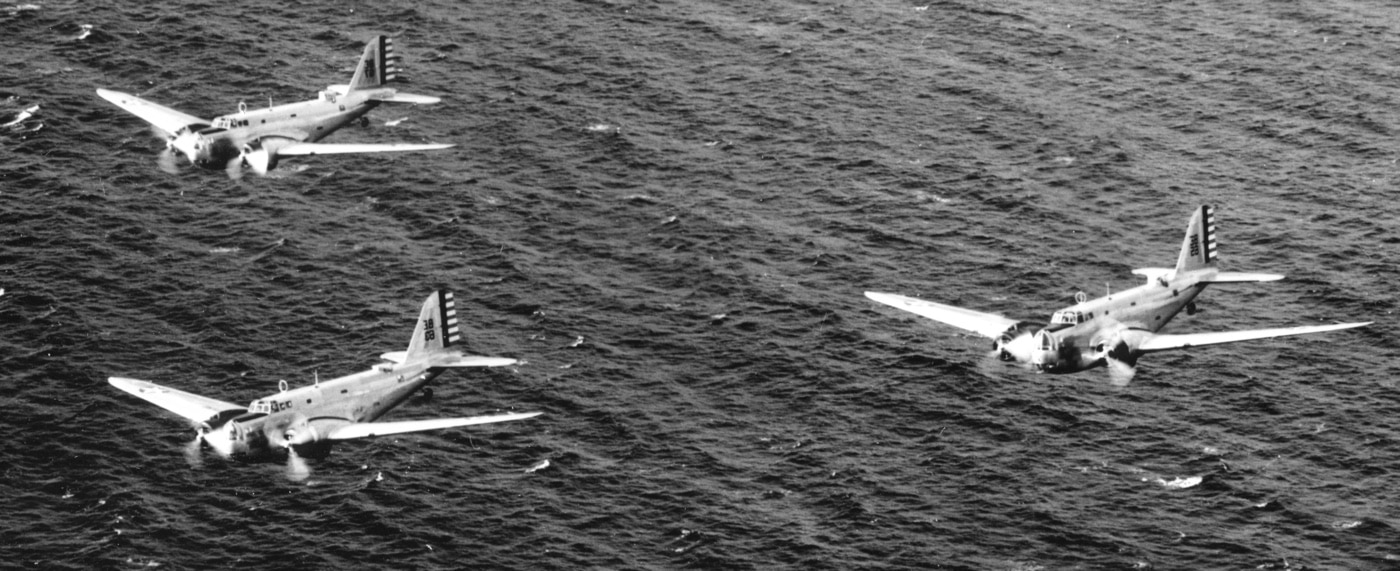
A flight of Douglas B-18 Bolo bombers fly in formation during exercises near Hawaii, taken in 1940-1941. Image: Harold Wahlberg
They were looking for something with double the bomb capacity and range of the older plane.
Douglas presented the DB-1, a company name for what would become the B-18.
It had stiff competition from the Boeing Model 299 and the Martin 146.
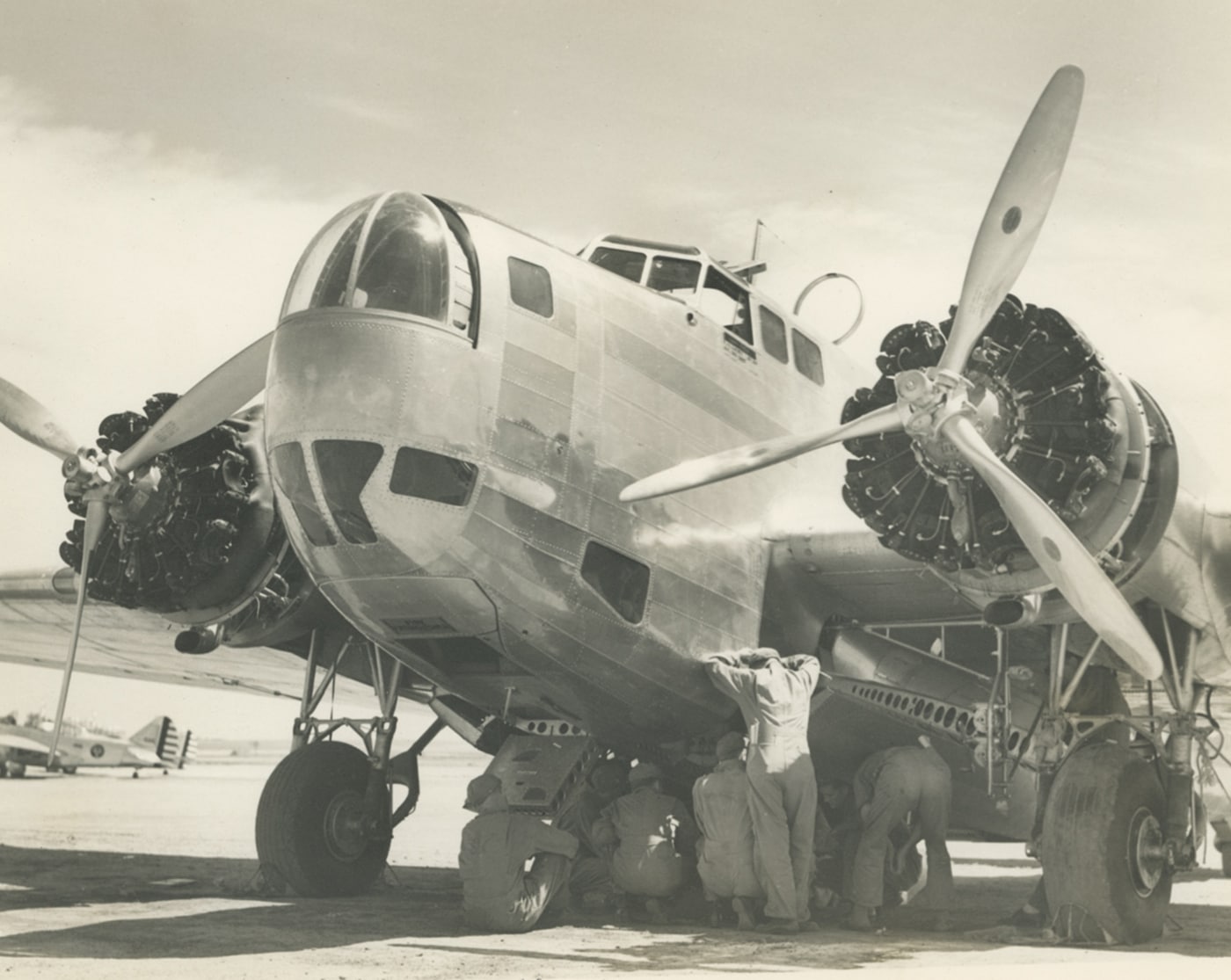
U.S. Army Air Corps servicemen working a Douglas B-18 Bolo aircraft sometime in the 1930s. Image: Sgt. Lee R. Embree/U.S. Air Force
The B-18 design was based on the Douglas DC-2.
The DC-2 was a commercial passenger plane that really proved civilian passenger air travel could be reliable and comfortable.
Initially, the DC-2 commercial planes were flown by Transcontinental & Western Air (TWA).
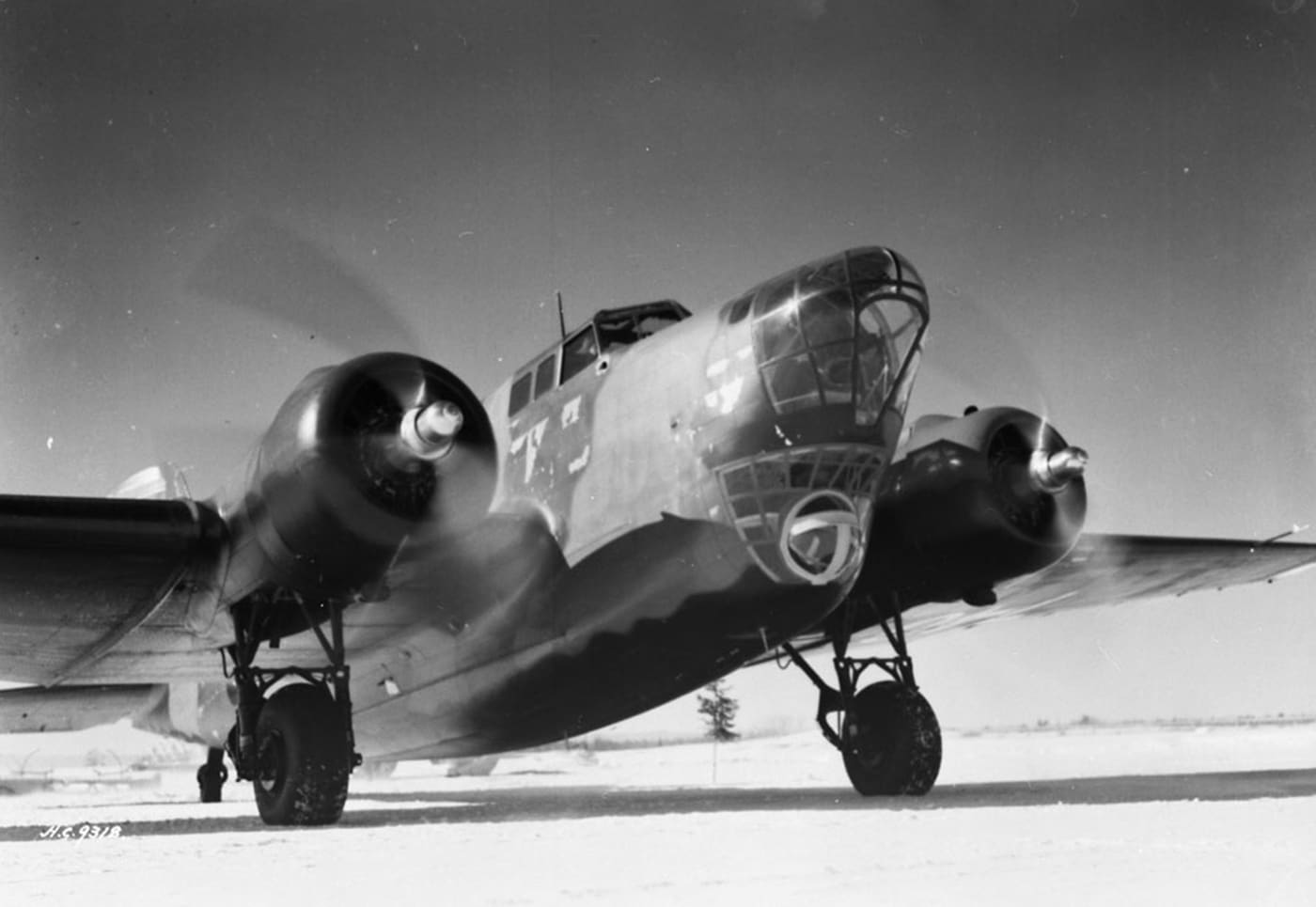
This B-18A features the relocated bomardier position and the corresponding nose alteration. This specific plane was in Canadian service. Image: Dept. of National Defence
The DC-2 was later developed into the DC-3, which was possibly the most successful aircraft ever created.
Armament on the B-18 was weak when compared to its eventual replacement, the B-17.
However, it had a fair amount of defensive firepower for the time.
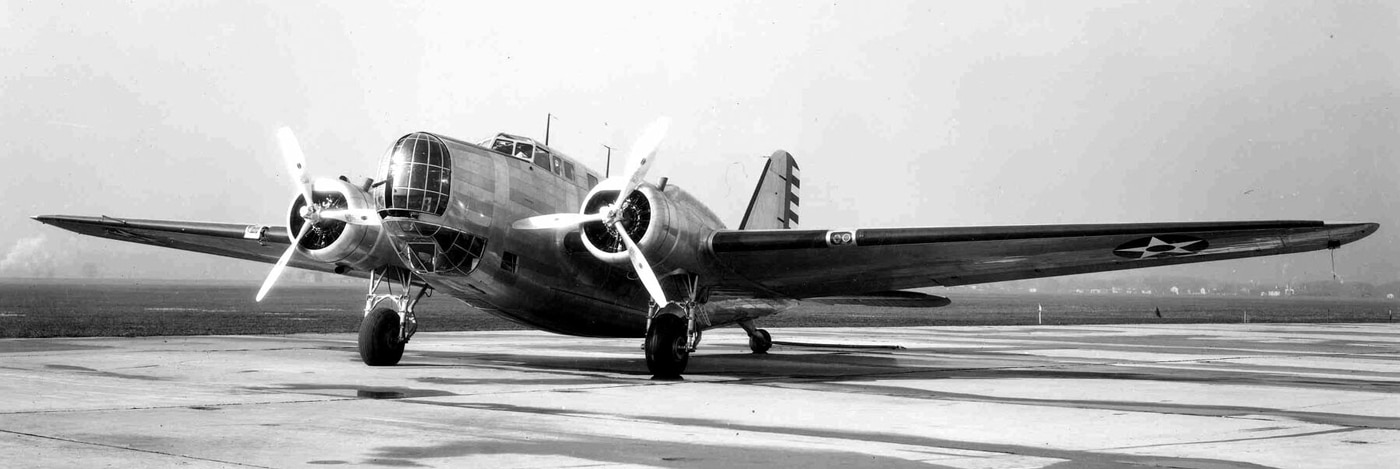
Douglas developed a DB-2 prototype that had a Tucker powered nose turret. These did not go into production and only one DB-2 was ever made. Image: U.S. Air Force
They were all manually operated by the crew of six men.
Douglas experimented with Tucker remote controlled gun turrets on the planes.
One DB-2 was manufactured that used a Tucker powered nose gun turret.
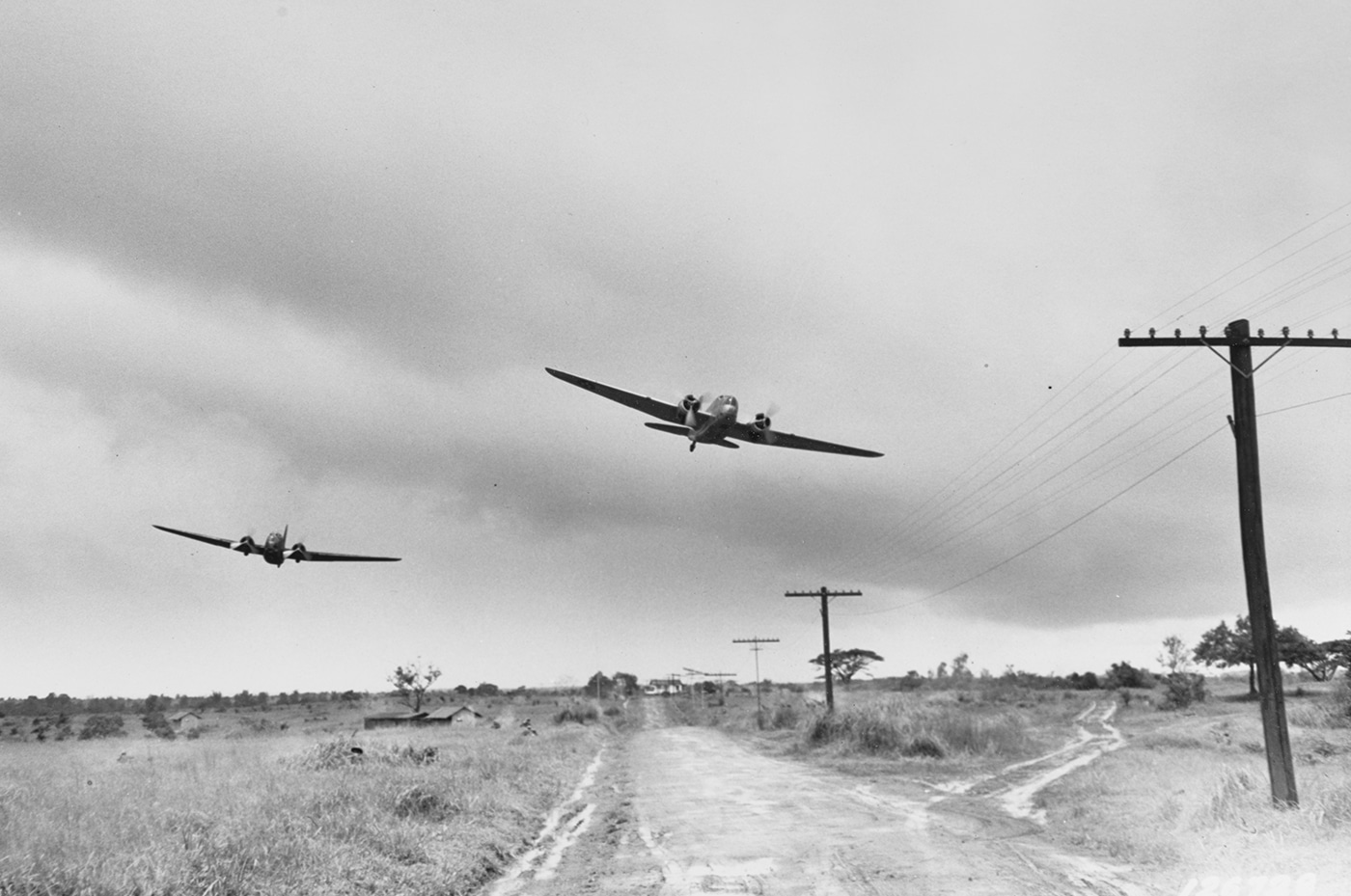
Two U.S. Army Air Corps B-18 bombers make a simulated attack run on infantry caught in the open during training maneuvers in the Philippines, July 1941. Image: U.S. Navy
However, these were never adopted in production planes.
B-18A models received more powerful engines and relocated the bombardier position.
Two orders of these were made one for 177 bombers in 1937 and one for 40 airplanes in 1938.
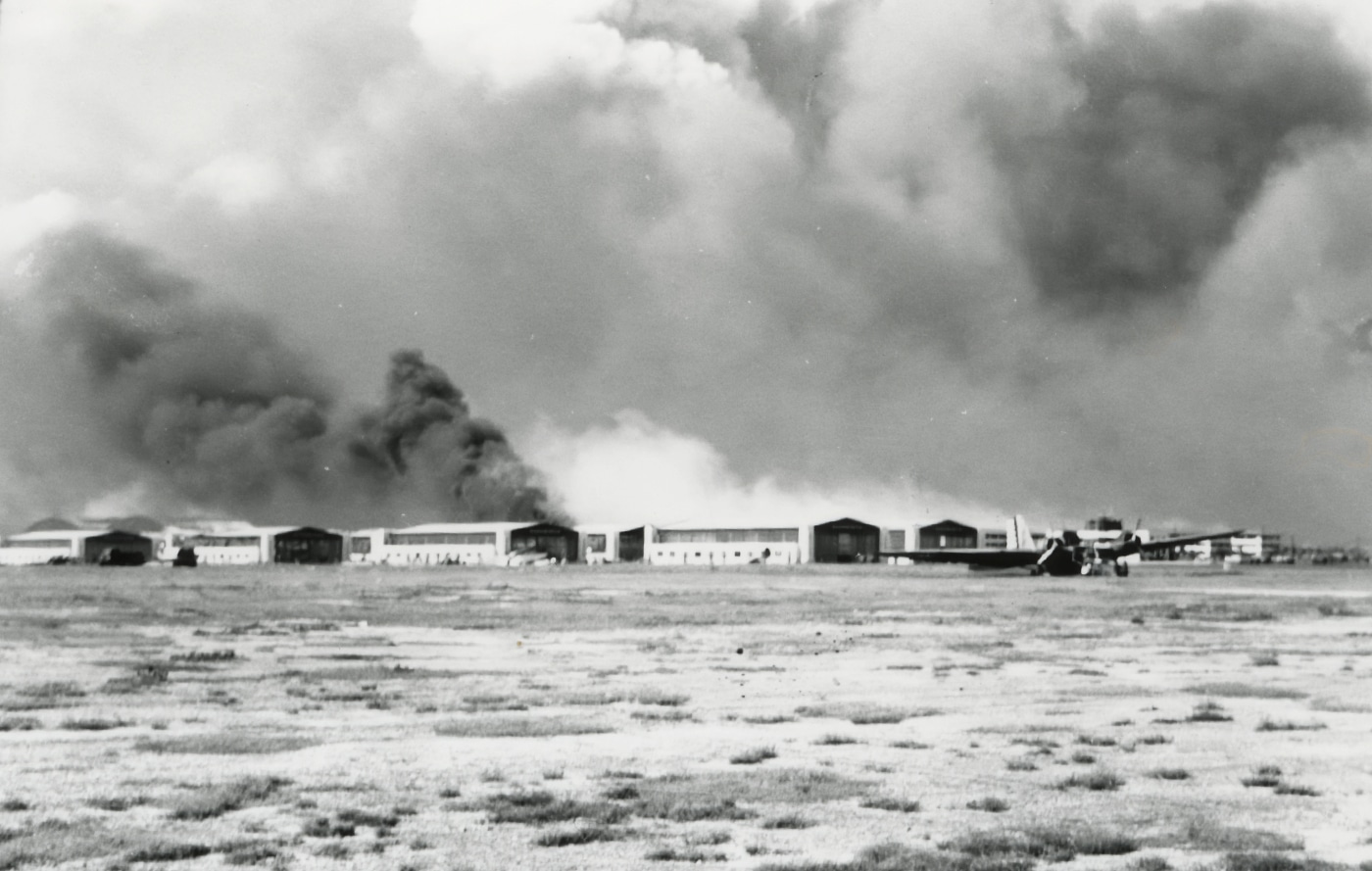
A damaged B-18 sits on Hickam Field during the Japanese attack on December 7, 1941. A large plume of smoke from the USSArizona(BB-39) is visible behind the hangars. Image: Sgt. Lee R. Embree/U.S. Army
By 1939, however, it was obvious that the B-18 was vastly outmatched by other countries.
Remaining B-18 bombers were split across multiple duties.
In Hawaii and Alaska, they were used for armed reconnaissance patrols.
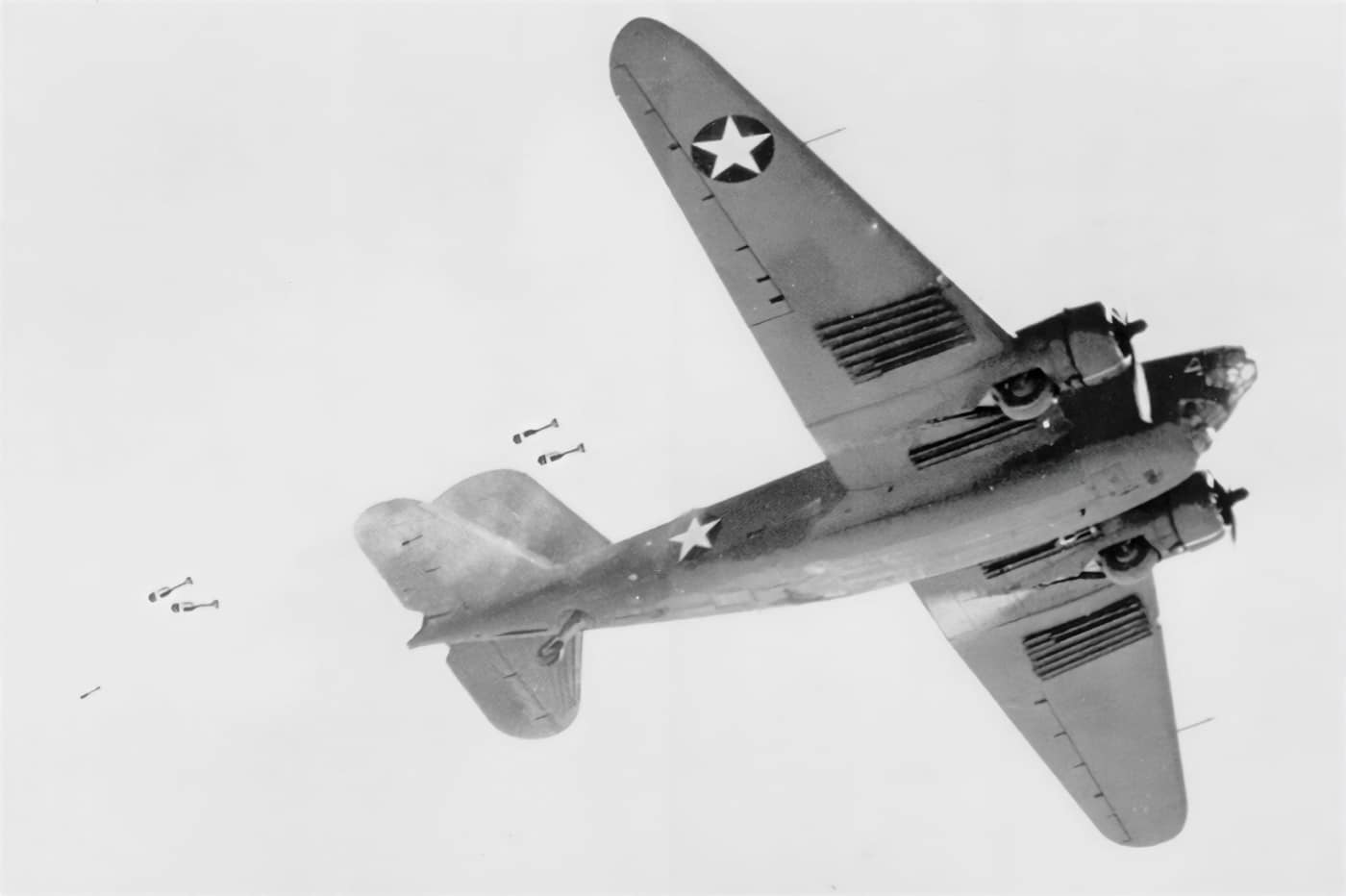
This B-18A Bolo fires rocket-powered depth charges at a target to its rear. Later “B” models would have a radar system that dominated the plane’s nose. Image: U.S. Navy
In May of 1942, they joined the U.S. Navy in searching for the Japanese fleet approaching Midway.
They were also used as transports to ferry troops throughout the Pacific.
Unfortunately too many German subs were slipping past and threatening shipping off of the U.S. coast.
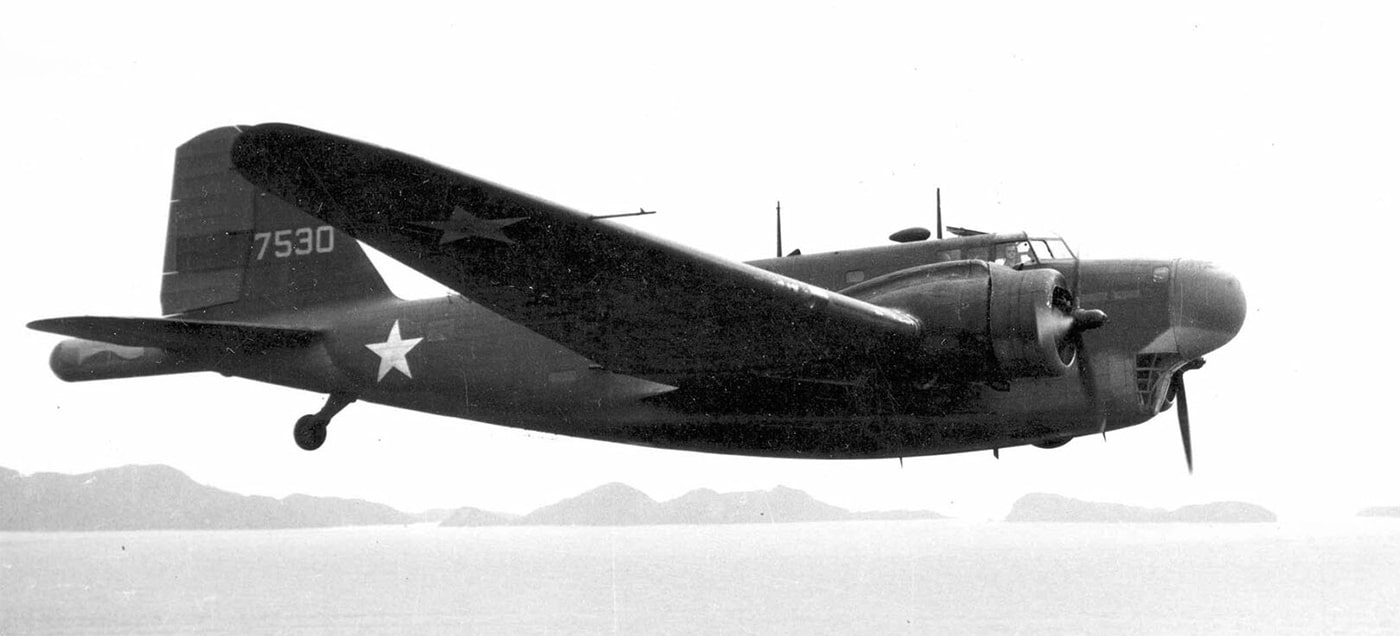
This is a B-18B bomber with a radar array (nose) and MAD gear (sponson aft of the tail) for submarine hunting. It was converted from an “A” model for its new mission. Image: NARA
[Interested in other ways America fought the German U-boats?
Read about how theseWW2 blimpstook on the Nazi submarines.]
Additionally, many of the B-18B bombers were fitted with magnetic anomaly detection gear to locate submerged German boats.
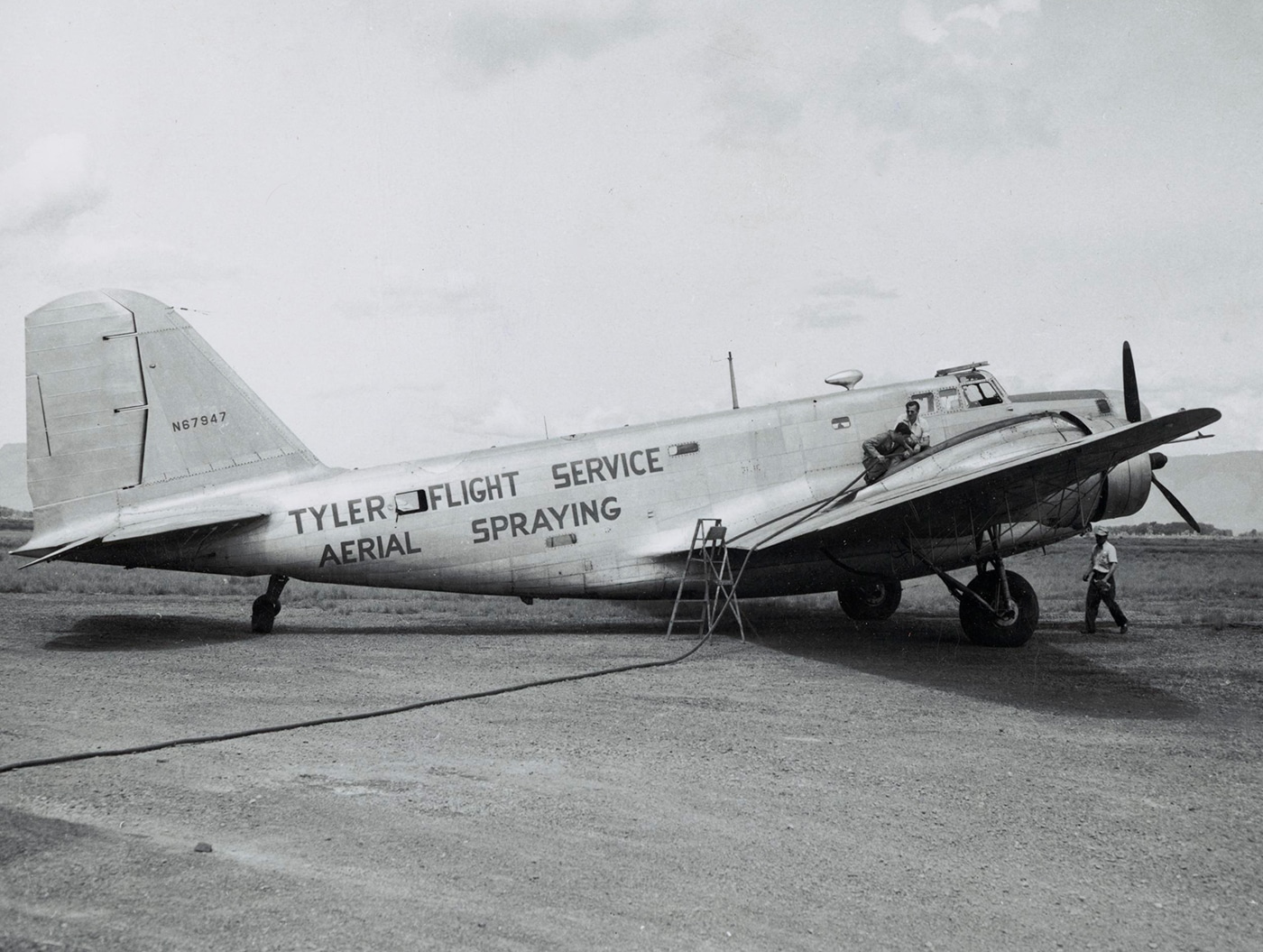
After World War II, surviving B-18 bombers were sold to the public. This plane found a new career in Oregon, spraying 1,000 gallons of DDT pesticide in each run. Image: NARA
Bombs were replaced with depth charges.
Between 1942 and 1943, B-18B Bolos flew regular ASW patrols over the Atlantic Ocean and Caribbean Sea.
[Read about Hitlers nuclear U-boat in this article about theU-234 submarine.]
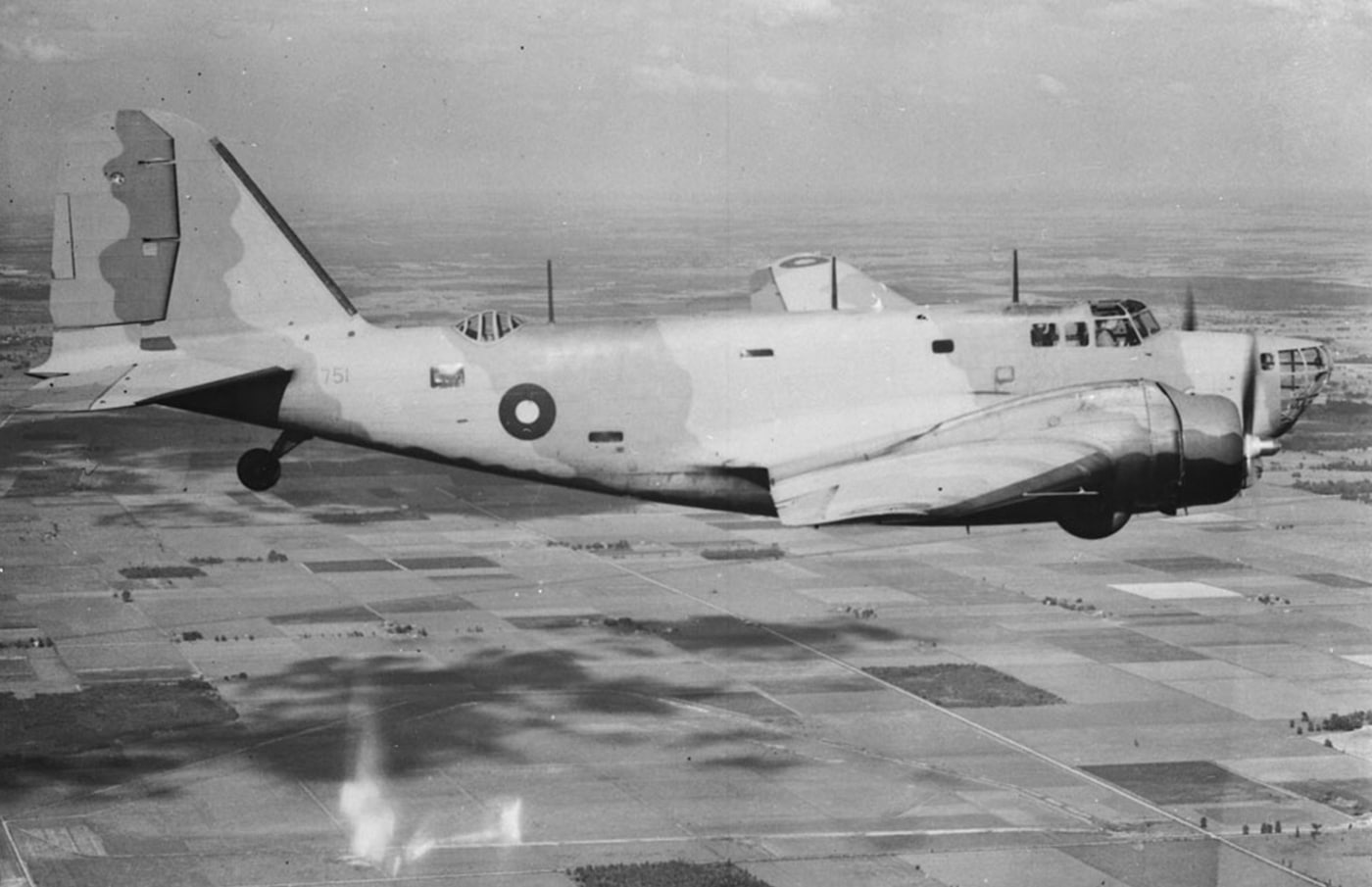
A Royal Canadian Air Force Douglas Digby bomber flies over Nova Scotia in July 1941. Canada purchased 20 B-18A bombers from the United States. Image: Dept. of National Defence
In 1943, B-24 Liberators began replacing the B-18 for sub hunting duties.
As the war wound down, the B-18s continued to be used as transports and training planes.
Primary Users of the Bomber
The United States was the primary user of the B-18.
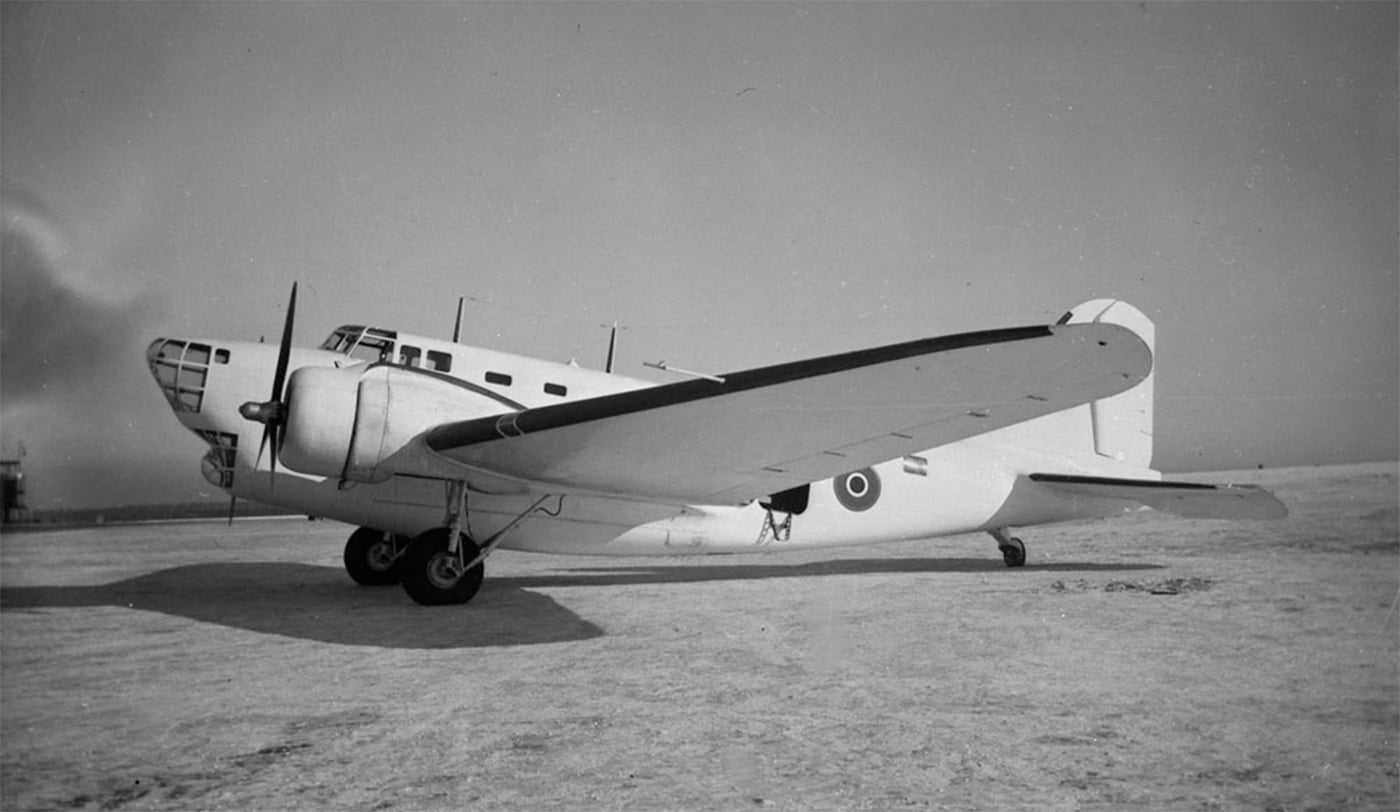
The Royal Canadian Air Force No. 10 Squadron based in Halifax replaced its bi-planes with the Douglas Digby. Image: Dept. of National Defence
Its impact in the Second World War are described above.
However, two additional countries also used the B-18: Brazil and Canada.
The Royal Canadian Air Force acquired 20 B-18A bombers and designated them the Douglas Digby Mark I.
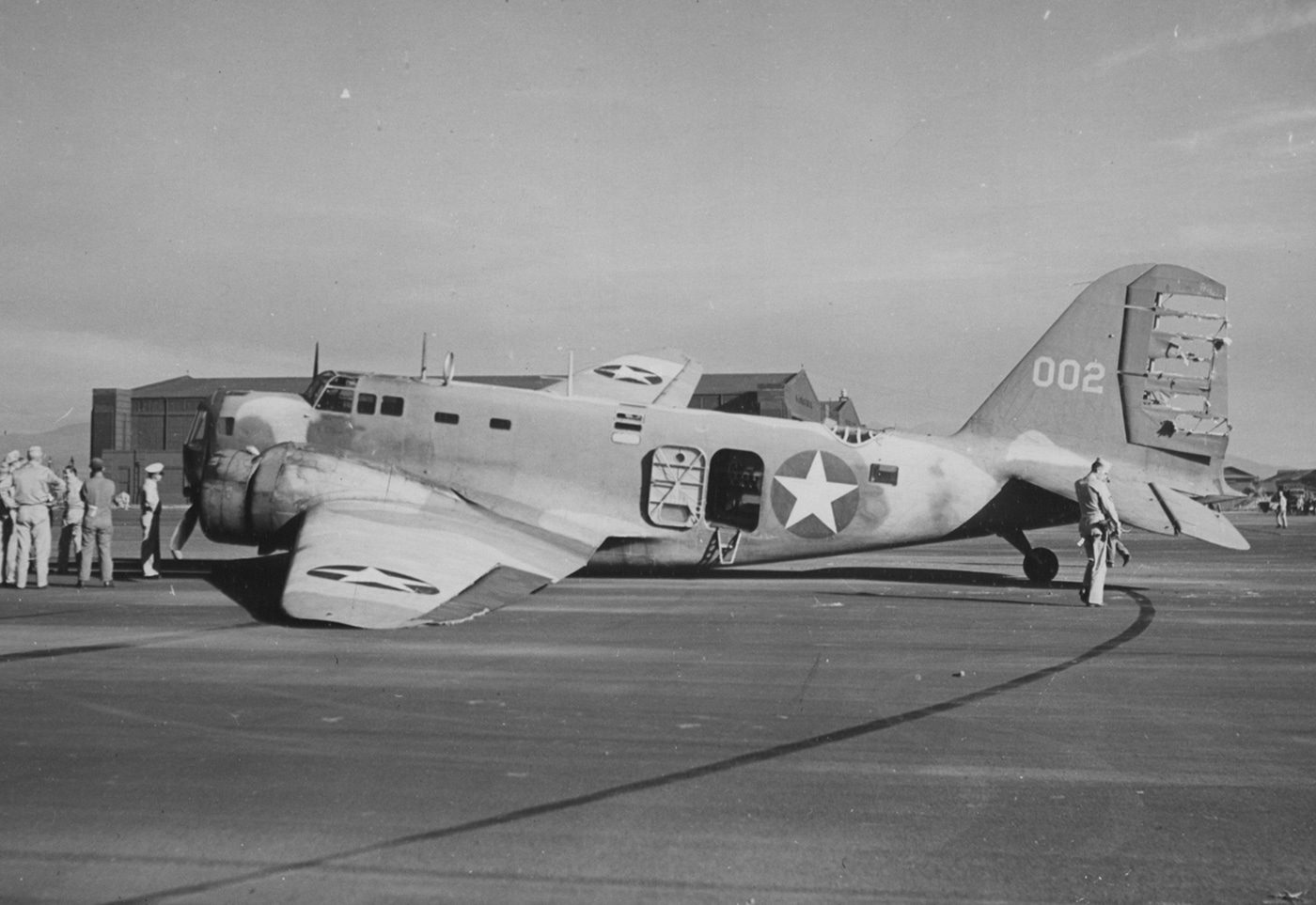
This original B-18 crash landed at Hickam Field on May 22, 1943. The bullnose indicates this is a pre “A” model. Image: NARA
They were assigned to No.
10 Squadron to replace the aging Westland Wapitis biplanes.
Based in Halifax, Nova Scotia, the Digby Mk.
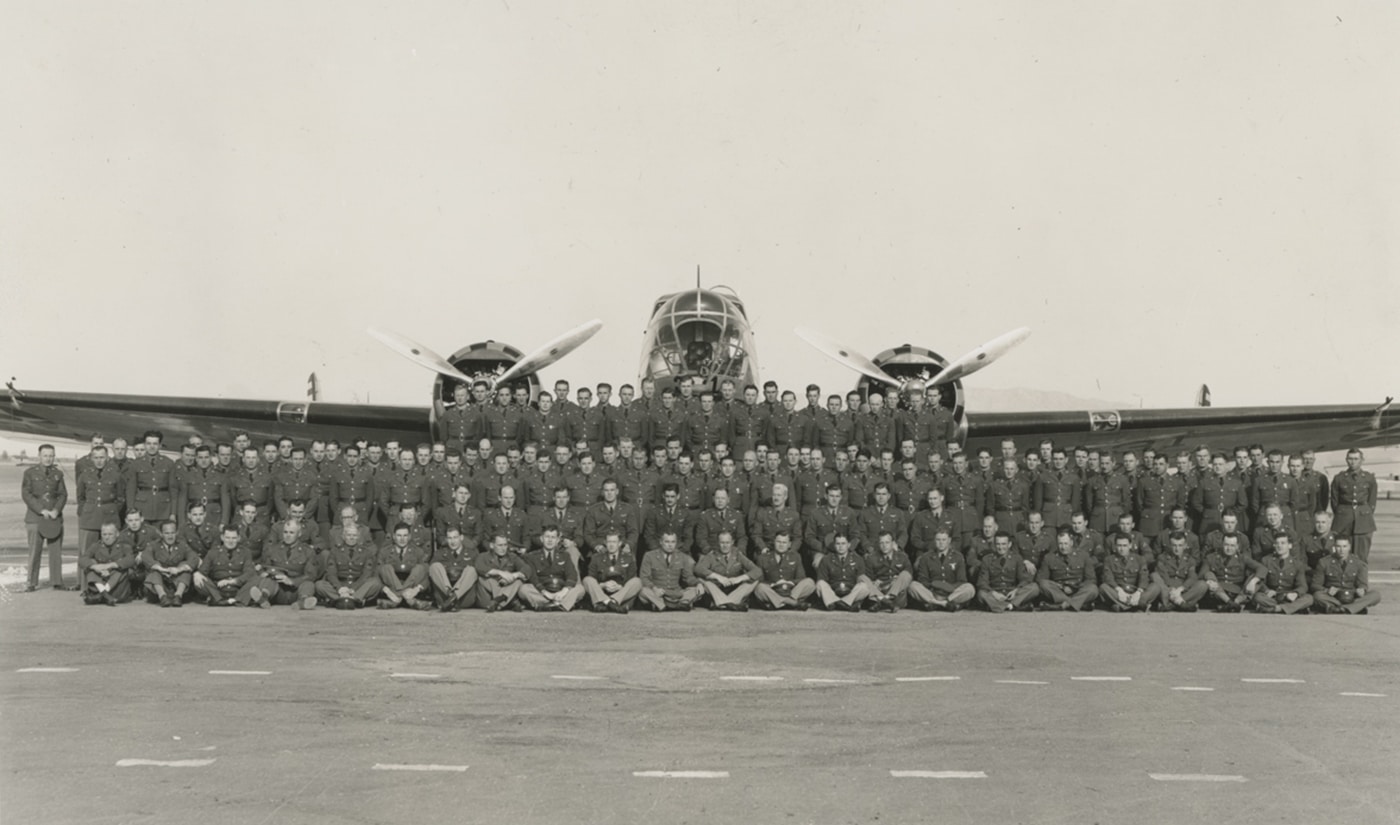
This United States Army Air Corps unit photograph was taken in front of a Douglas B-18A Bolo. The updated bombardier position is visible through the upper nose. Image: Museum of Flight/Public Domain
1 was used to carry out about a dozen attacks on German submarines.
It is believed two were B-18C variants.
The possible third model is undetermined.
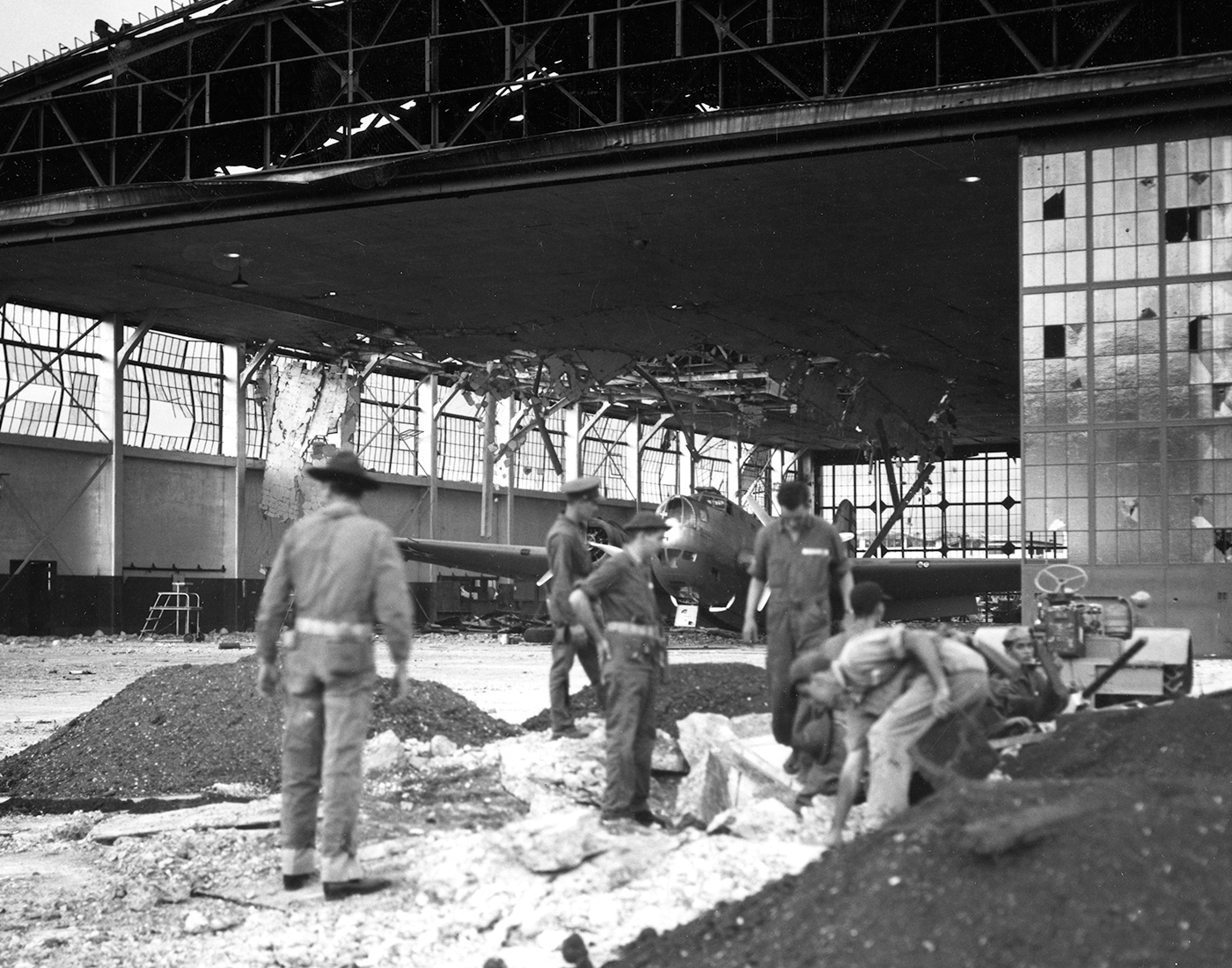
Bomb damage to the hangars at Hickam Field is obvious at 1700 hours December 7, 1941. A damaged Douglas B-18 bomber is visible inside the badly damaged hangar. Image: NARA
They were part of the Brazilian Air Force 1st Bomber Group.
Roughly 130-135 of the original Douglas B-18 planes were manufactured.
A single DB-18M was made that was designed as a trainer.
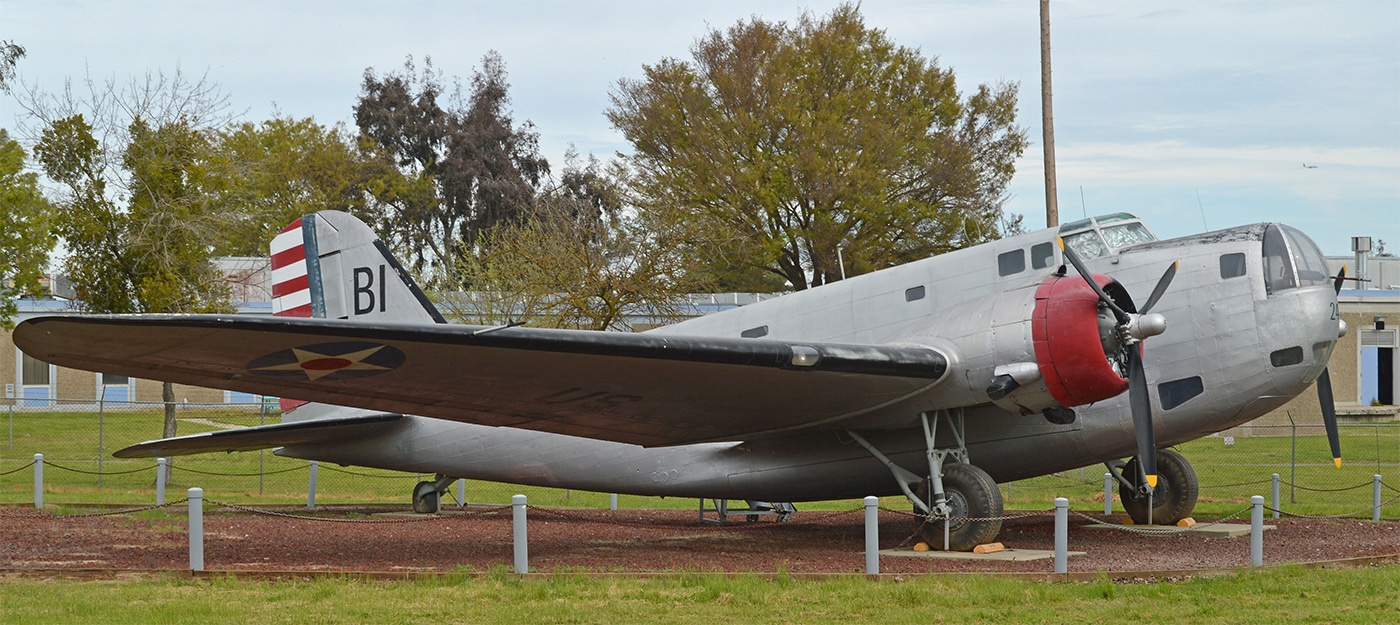
On display at Castle Air Museum, this is one of only five preserved Bolos. It is unique as the only straight B-18; the others are either B-18A or B-18B models. Image: Alan Wilson/CC BY-SA 2.0 DEED
It was essentially the same plane, but with the bomb gear removed.
The last DB-18 was made as a prototype designated as DB-2 by Douglas.
This bomber used a powered nose turret for advanced air defense.
The Douglas B-18A model used the Wright R-1820-53 radial engine rated at 1,000 horsepower.
It had nine cylinders and was normally aspirated.
Another change to the Douglas B-18A Bolo was the relocation of the bombardiers station.
This is immediately visible to the casual observer as the planes nose was significantly altered.
Original B-18 bombers had a flat-ish glassed nose.
The B-18As nose became markedly more pronounced which allowed the bombardier to be out over the nose gun position.
A trainer with the bomb gear removed was also made for the U.S. Army Air Force.
It was designated as the B-18AM.
These conversion planes were renamed to the B-18B.
The new B-18B planes were fitted with radar and MAD gear.
This helped the planes crew spot any subs operating on the surface.
MAD gear was used for pinpointing the location of a sub underwater.
MAD stands for magnetic anomaly detector (or detection depending on the context.)
This sensitive equipment could detect the disruption in the earths magnetic field due to a large metal submarine.
This information would then be used to fire rocket-propelled depth charges from the bomb bay to sink the sub.
MAD gear is completely passive, so there was no way the submarines could detect its use.
Like the B-18Bs, these were designed for anti-submarine duty.
The major change on these models was the addition of a pair of forward-facing Browning .50-caliber machine guns.
These models were eventually sold to Brazil.
Their final disposition is unknown.
They are unlikely to have survived the past 7+ decades.
Where Can You See a B-18 Today?
Relatively few B-18 Bolos have been restored and are preserved for history.
Excluding unrecovered B-18 wrecks or scrap, the following planes can still be seen today.
B-18: A single B-18 can be seen at the Castle Air Museum in Atwater, California.
Tail number N52056 (originally NC52056) was used for fighting fires after World War II.
B-18A: Three B-18A Bolos are available for viewing.
The first, tail number N56947, is located at the National Museum of the United States Air Force.
Located in Dayton, Ohio at Wright-Patterson AFB, this is a must-visit museum for any aviation enthusiast.
This example was sold as surplus after WWII, eventually ending up in Cuban hands.
Federal agents, however, seized the plane in Florida when it was caught running guns to Fidel Castro.
The third B-18A is tail number N67947 which is currently at the McChord Air Museum.
This plane is believed to be the last Bolo to have flown its final flight was in 1971.
At the time of this writing, McChord Air Museum states the plane is currently undergoing an extensive restoration.
It still has a search radar dome in the nose, making it unique.




